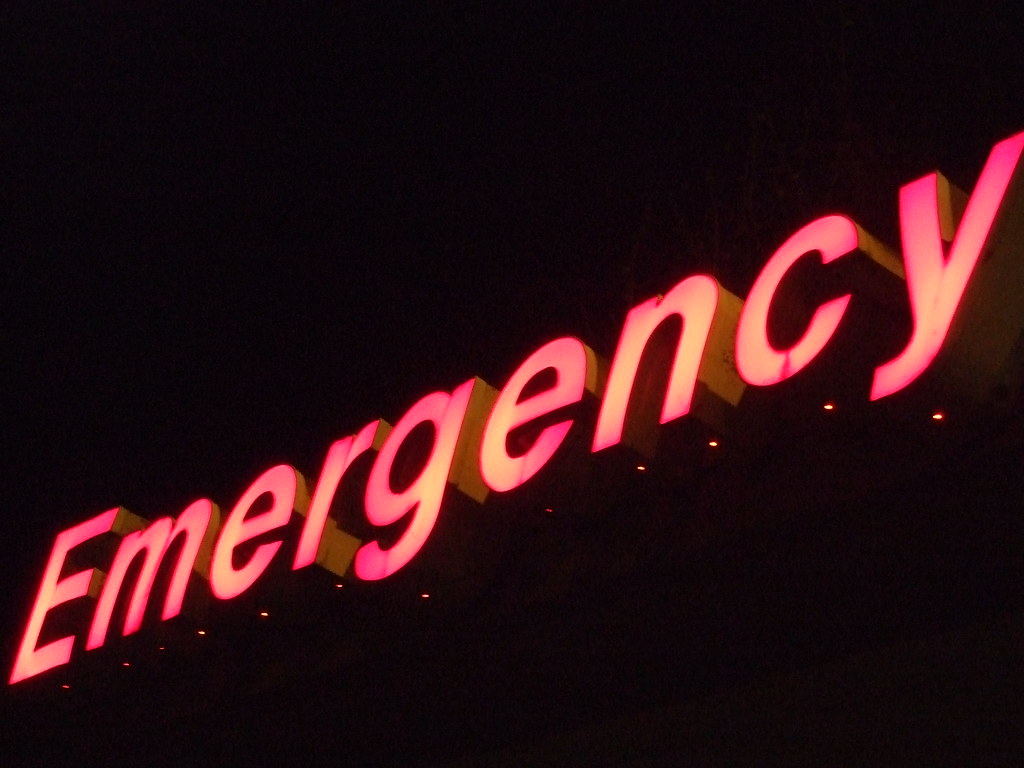Using the ER when you have epilepsy? You are not alone.
How much of this has to do with access and education?
If I get a rare call a week from ER's about my known epilepsy patients, my practice is under 1% vs 9% in this study.
1 in 60 ER visits are for seizures?
JR
JR
Use of emergency departments by known epileptic patients: An underestimated problem?
Highlights
- •Epileptic seizures are associated with frequent use of emergency department (ED).
- •Little is known about the specific use by known epileptic patients (KEPs).
- •One year descriptive case series report on KEPs admitted prospectively in ED.
- •Proportion of KEPs using ED is high (9.0%), half of them concerned usual seizures.
- •Data crucial to optimize the KEPs ED care pathway.
Summary
Background and purpose
Seizure is a frequent reason of admission in emergency department (ED) but little is known about the proportion and the characteristics of known epileptic patients (KEPs) who used emergency services.
Methods
Over a 12-month period, we prospectively recruited adults admitted for seizure to a tertiary hospital ED. For KEPs, clinical epilepsy features and characteristics of the admission were collected.
Results
Of the 60,578 ED admissions, 990 were related to seizure; 580 of these admissions concerned 448 different KEPs (257 males; median age: 44); 339 were residents in the health district. Epilepsy was structural/metabolic in 268 (59.8%) patients, genetic in 44 (9.8%) and unknown/undetermined in 136 (30.3%); 218 (48.7%) patients were under a single antiepileptic drug and 135 (30.1%) were followed by an epileptologist. Of the 580 KEP admissions, 440 (75.8%) concerned patients who had called the emergency medical assistance number, 252 (43.4%) with a discharge diagnosis of usual seizure and 43 (7.4%) of a status epilepticus. Half the KEPs were discharged without hospitalization. We estimated that 9.0% of KEPs residing in the district had used the ED during the period.
Conclusion
Proportion of KEPs using ED is high. Most of the admissions concerned usual seizures suggesting that staff training and educational programmes for patients and for their relatives need to be improved. The organization of the prehospital and of the emergency medical services should also be adjusted to this specific need. Further research should be conducted to optimize the seizure care pathway for KEPs.

No comments:
Post a Comment